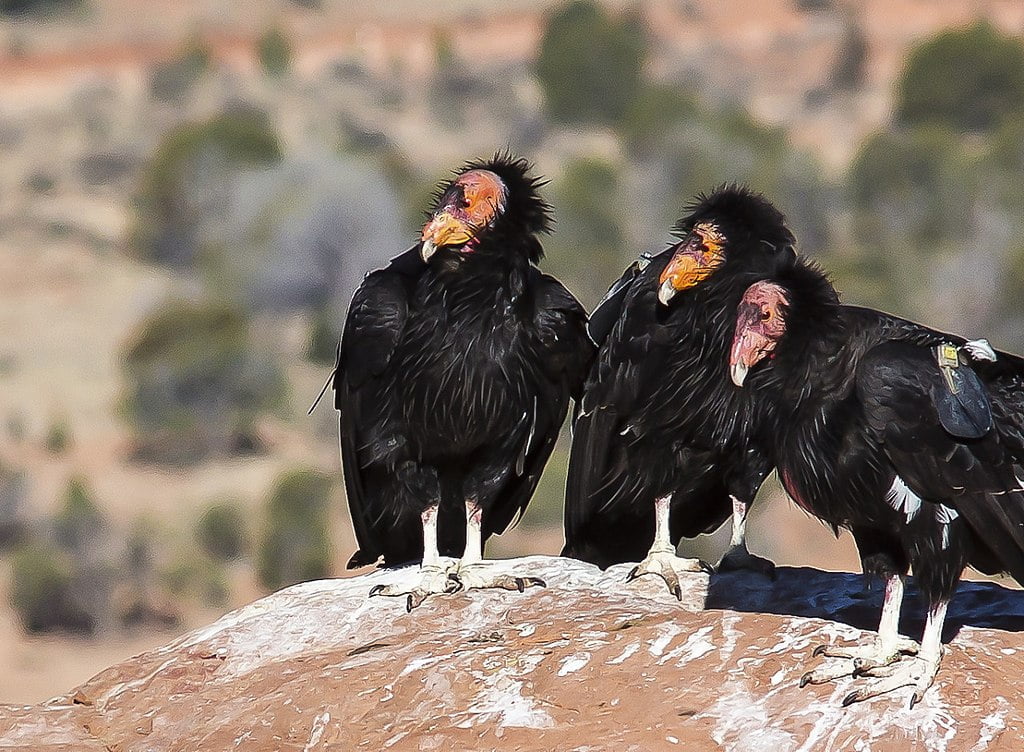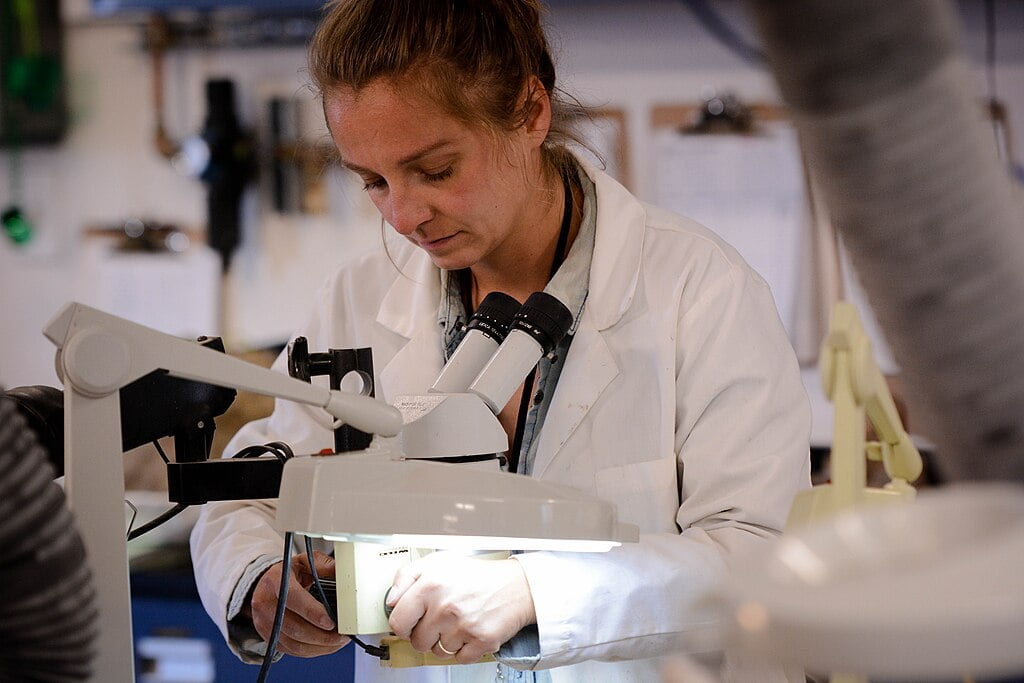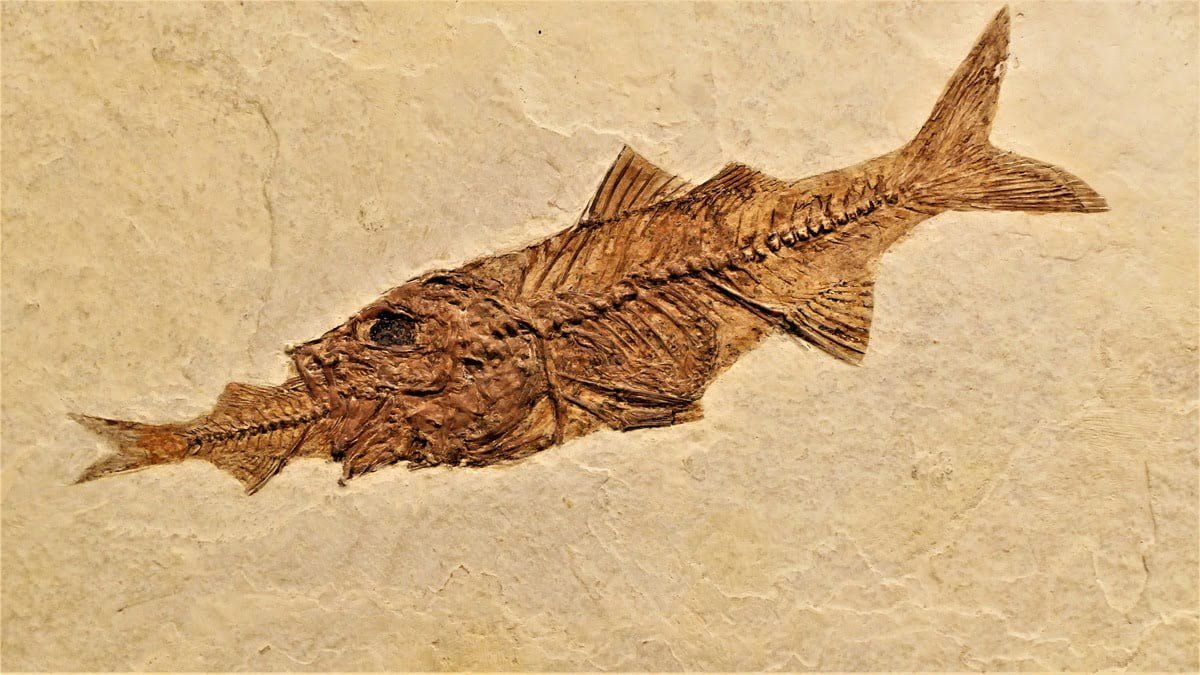A common question directed to paleontologists is why is paleontology important? Why does it matter to us when other sciences seem more relevant?
Paleontology is not flashy like other sciences. Those that create medicine or allow us to travel to the moon often command the headlines.
To many, paleontology is merely the study of the past, but do not be disillusioned. Our planet’s past has more to do with the present than meets the eye.
Most people take for granted the scientific fields that cover what they deem to be nonessential. In a world driven by commercial intent, it can be hard to make the case for funding paleontological studies. How is paleontology relevant to our modern world?
Paleontology plays a variety of roles in making our world a better place. It plays a vital role in supporting several sciences, encourages a love of science in children, and adds a level of wonder to our world. In fact, without paleontology, other fields of science would suffer.
Paleontology Provides Climate Data
To fully understand the impacts of climate change, we must know how our climate is changing, what our climate is currently like, and what our climate was like in the past.
While modern record-keeping and statistical models can provide us with information about our present and future, we need paleontology and paleoclimatology to tell us about the past.
Paleoclimatology is the study of past climates. Paleontologists cannot directly study past climates, so they must rely on proxies.
These proxies are indicative of certain aspects of the climate at the time, and when the data from multiple proxies are combined, an estimation of ancient climates can be made. Here are some of the proxies that paleontologists and paleoclimatologists frequently use:
Plankton and Corals: Corals, as well as some plankton, such as diatoms and forams (short for foraminifera), grow shells for themselves. The chemical makeup of these shells can indicate the chemistry of the water where these organisms lived.
These shells are useful for determining the temperature of the water where the plankton and corals lived. Water temperature and acidity can tell us about the concentration of various chemicals, such as carbon dioxide, in the atmosphere.
Tree Rings: Many of us know that you can tell the age of a tree by the number of tree rings that it has. We can also learn about the environment that the tree lived in from the rings.
The space between the two rings indicates how much the tree grew over that year. Large spaces show great growth and small spaces show little growth. The growth rates of trees also indicate changes in temperature and rainfall.
Pollen: Pollen can also fossilize and is useful in learning about ancient climates. Fossil pollen can show us which types of plants were able to live in an area and the amount of pollen can show us how well they were doing. This provides important clues about temperature, rainfall, and soil quality.
Teeth: The expression, “You are what you eat,” has a lot of truth when studying teeth. The teeth of animals contain small amounts of oxygen, carbon, and other elements that are picked up from what the animal eats and drinks.
By studying the ratios of the isotopes (atoms of slightly different weights) of these chemicals, paleontologists can learn about the temperature of the water they drank, what types of plants they ate, and even if they were migratory. This is an additional source of data for paleoclimatologists.
Paleoclimatology is essential to understanding how our modern climate works and changes over time and the NOAA (National Oceanic and Atmospheric Administration) maintains a massive paleoclimatology database to assist scientists. Without this data from paleontologists and paleoclimatologists, our ability to understand our changing climate would be severely hindered.
Paleontology Helps Conservation Efforts
In the same way that we need to learn about past climates to understand today’s climate, we need to know about our past environment to understand our modern environment. We have not always kept good scientific records about the world around us, especially in the distant past.

It can sometimes be difficult to know how the world of the past compares to today. That is where paleontology and conservation paleobiology come into play.
Paleontology helps us to track the changes in the ecosystems around us. Further, it helps us to understand exactly what elements are changing in our ecosystems and what leads to those changes.
Most importantly though, without knowing what, how, and why things change, we cannot know how to reverse the negative changes that we have made to our environment.
Five main factors directly affect the health of our ecosystems. Most of these factors can occur naturally, but all of them can be exacerbated by human activity.
Moreover, each factor can strengthen the effect of the others as they are all intertwined. Thankfully, paleontology can gather both long-term and short-term data to better understand these 5 factors:
Climate Change
As mentioned earlier, paleontology can gather a wealth of information about climate change. When that data is paired with data about the range of a species, its size, or how large of a population it can maintain, we can better understand how our changing climate will affect our plants and animals.
Habitat Change
As our climate changes and we manipulate the land around us to make way for cities, roads, farms, dams, and other man-made structures, we change the habitats of native species. While some of these changes are obvious, such as building a city, many are subtle.
For example, the C.E.A.M (Centro de Estudios de Almejas Muertas “Center for the Study of Dead Clams” ) has been using clam fossils to better understand how dams and other human activity has been affecting the ecology of the Colorado River.
Clam fossils indicate changes to the environment that impact the health of local clam populations. Additionally, these data points offer clues about the populations of neighboring species.
The Exploitation of Wild Species
We all know the story of the dodo by now as a classic example of human exploitation of a wild species. We do not need paleontology to know that the dodo is gone, but we do need it to know how the loss of the dodo or any other species that have been hurt or killed off by humans has affected the rest of the ecosystem.
For example, historic over-fishing has hurt the marine ecosystem both past and present. Overfishing has dwindled the food supply of the California condor. Paleontology can tell us about how currently exploited species previously interacted with their environment, giving us a baseline for comparison.
Invasive Species
Paleontology is not always needed to determine what is an invasive species, but it does reveal a great deal about those invasive species and the effects that they have on an ecosystem.
Paleontology allows us to better compare the before-and-after impact of an invasive species, especially those that were introduced long ago. One historical example is the horses brought to the Americas by Christopher Columbus.
Paleontological study indicates that although there were no native horses when Columbus arrived, horses were living in North America before the end of the Ice Age. In some areas, feral horses have helped the local ecosystem by acting not as invasive species, but as repatriated species.
Biochemical Changes
Coral fossils, ancient soils, fossil teeth, and many other types of fossils and fossil adjacent materials can provide data about the chemistry of their environments. This data serves as an important baseline when comparing how human activity has affected the biochemistry of our environment today.
Fossil fuels, fertilizer, and some farming practices can all have massive impacts on the types and concentrations of chemicals in our air, water, and soil.
These chemicals can hurt some life and cause unrestricted growth of others, such as is the case with harmful algal blooms. Paleontology can help us to better understand and keep track of these changes as well as understand how those changes affect the environment by studying the effects of similar changes in the distant past.
Paleontology Serves as a Foundation for Other Sciences
Another important role of paleontology is to provide a background in other sciences. Our understanding of macroevolution uses paleontology as its bedrock. Extinction was not widely accepted in the scientific community until the work of Georges Cuvier, one of the founding fathers of paleontology.
Later, Charles Darwin’s theory of evolution relied on extinction to explain what happened to the “unfit.” Without paleontology, the theory of evolution might never otherwise exist.
Paleontology provided evidence of extinction, common descent, and macroevolution, as well as missing links. Missing links include animals such as Australopithecus, Archaeopteryx, and Tiktaalik.
The study of paleontology assists many other sciences aside from evolution and the earlier mentioned climatology and ecology. A few of these include:
Archaeology and Zooarchaeology
Archaeology is almost like a sister science to paleontology in that they both study the ancient past, but they have vastly different focuses. Occasionally though, their focuses intersect, primarily when animal bones are discovered at archaeological sites.
The study of those bones is known as zooarchaeology. Paleontology can help archaeologists to better understand the bones that they find by providing background information about these animals.
Physical Anthropology
Physical anthropologists are scientists who study, among other things, the evolutionary history of humankind. In some places, the line between physical anthropology and paleontology can blur. Paleontologists typically leave ancient humans and human ancestors to physical anthropologists, but both types of scientists will study non-human primates.
The line separating what a physical anthropologist considers a human ancestor and what is just another hominid (the group that includes humans, their ancestors, but also other great apes such as gorillas) is blurry.
Even for direct human ancestors though, paleontologists provide critical background information about the animals and ecosystems of these species.
Genetics
Genetics provides tons of information to paleontologists by helping to illuminate the relationships between different extinct groups, but paleontologists also give back to geneticists.

Ancient DNA is, as the name suggests, DNA that has been extracted from remains of ancient life such as fossils and mummies. This ancient DNA extracted from plants, animals, and human ancestors such as Neanderthal can help us to better understand how life has changed over the millennia. Imagine the implications of this when applied to the medical field.
The study of ancient DNA is still evolving, but it may help us to understand how diseases and viruses have evolved. Further, it can show what changes have occurred in the DNA of domesticated plants and animals and how to improve the genetic diversity of certain plants such as bananas.
Bananas have a critically low amount of genetic diversity, leaving them vulnerable to the Black Sigatoka disease. The paleontological study of genetics can even impact the understanding of modern humans by revealing how much Neanderthal DNA made its way into the modern human genome.
Geology
Even though paleontologists study ancient life, many paleontology programs at colleges and universities are part of the geology department. They are hosted by geology departments for good reason: fossils are frequently a key tool in aging layers of rocks. Some fossils can be found over huge geographic areas, but only from relatively narrow periods.
These fossils make good index fossils, and if they can be dated at one location, that means that every other location with that fossil can be dated to the same age. For example, Paradoxides, a genus of trilobite, can be found in sediments across most of the world, but will only occur in a relatively narrow band of time in the mid-Cambrian.
This allows geologists who find a layer of sediment containing Paradoxides fossils to date that layer. Without the fossils, that layer might not otherwise be dateable.
Paleontology is a Gateway Science
Paleontology is often one of the first types of science that children become interested in. Alongside animals, astronauts, and robots, dinosaurs act as a first step into becoming interested in science. The Society of Vertebrate Paleontology (SVP) perfectly describes this phenomenon by calling paleontology a gateway science.
Paleontology can foster a love of science that leads to the growth of all sorts of scientists, from geologists to doctors and NASA engineers. Paleontology is a multidisciplinary science that requires the collaborative use of many different sciences. As a result, a child’s initial interest in dinosaurs can lead to a greater appreciation for mathematics, geology, ecology, zoology, and numerous other disciplines.
Even if a child does not follow science as a career, children with an early interest in sciences like paleontology tend to exhibit greater levels of scientific literacy.
Children and adults with greater scientific literacy have enhanced critical thinking skills, a trait that is critical in a time that is inundated with political disinformation and pseudoscientific health claims. Paleontology deserves respect for its vital role in shaping science as we know it.
Why is Paleontology Important?
Why is paleontology important? While many people write off paleontology as just another branch of science, few realize its true significance.
The information provided by paleontologists can offer clues about our modern climate. This data may prove vital in our efforts to undo the damage caused by human actions.
Conservation of modern life requires us to understand the life forms of the past. No other branch of science can offer the amount of data regarding change over time. Paleontology is foundational to dozens of other scientific fields.
Paleontology is a gateway science. Children who take an early interest in learning often go on to exhibit intellect later in life. We must do our part in informing others about the benefits of paleontology. As a result, we may help ensure that vital knowledge can be unearthed.
If you are interested in careers in paleontology, we have a complete guide on the subject. There we cover common questions about how to get started in the field.
Did you gain a new appreciation for the field of paleontology? Leave a comment to let us know if you can think of more ways that this science can benefit us. If you found this article useful, please share it.


Paleontology is totally awesome 🙂
not just saying that because imma geek 😉
totally gonna probably be one when im old enough to get a job ;)))
That’s great to hear! We’re rooting for you and everyone else going into the field.
I wanna know why????
Why what?
Could you tell me why someone would choose to be a Paleontologist for their career?
See:
https://jurassicparkterror.com/paleontology-careers/
In this article, I mentioned some things that should be considered by those who want to become a paleontologist. At the end of the day, it’s a competitive profession with low pay relative to the education required.
People that do this type of work enjoy the research despite its drawbacks. It’s sort of the same reason that people want careers as public servants. Low pay/high stress but it’s fulfilling.
I hope that helps.
Good lord, I would kill to make this my life. I just have so much debt I’ll need to pay. Curse for profit colleges, stealing my dreams.
I hear you, Tyler. The financial aspect drove me away in high school, unfortunately. I do find that dinosaur blogging and fossil collecting are good ways to stay connected to paleontology without making it a full time job.